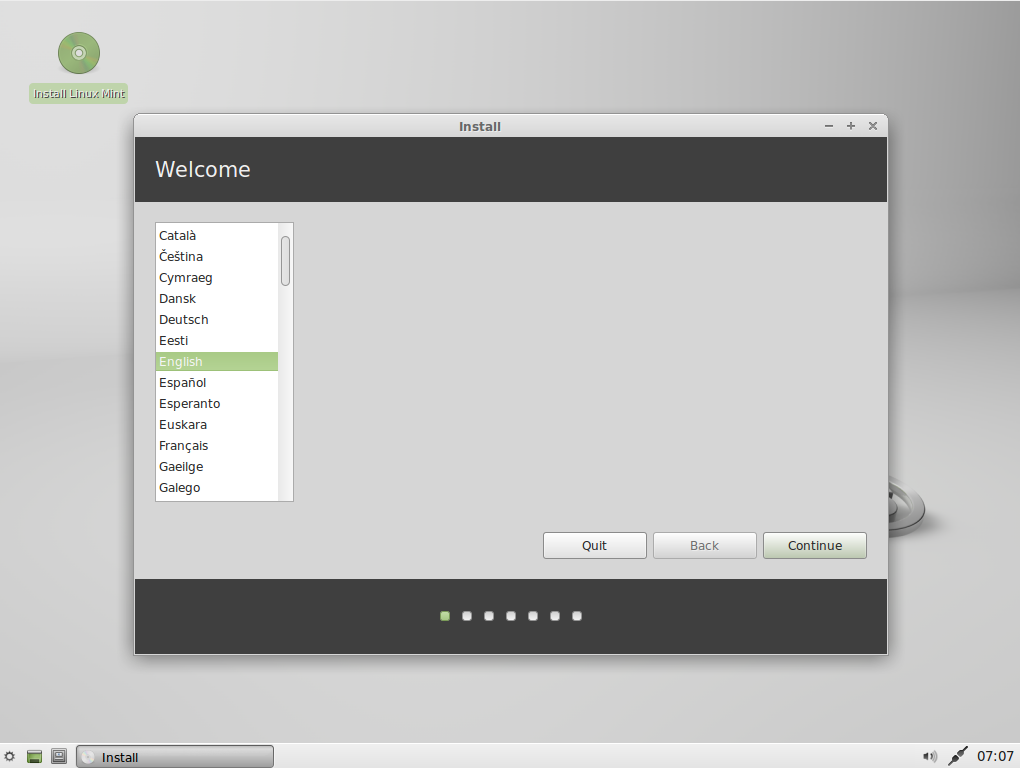A lot of linux distributions are there to choose and they releases every day. So it is difficult to choose one without testing first. You can not burn a CD or DVD every time to check the live image released of a distribution.
For Windows Users:
Well there are plenty of tools available there. If you are using windows then there is a great tool called YUMI - Multiboot USB creator. As name suggest you can make a pendrive multi-bootable with YUMI. You can download the tool from here and start testing it.
For Linux Users:
If you are using linux then most of the popular distributions are providing there own tool to make bootable pendrive.
On Fedora install liveusb-creator using
On Ubuntu run the program Startup Disk Creator which is used to create bootable pendrive.
There are a lot of other distributions and there programs. But there is one command for terminal which run on all distribution and is very easy to use.
dd command:
Open the terminal and become super user(su for Fedora or sudo before command for user more linux like Ubuntu, Mint).
Before running the command check the device partition of your USB pendrive by
ls -la /dev/disk/by-label
This command will show the label of your partitions and the disk vol. like sda1, sdb3. Your pendrive might have only one partition and there will be adb1 or adc1 only for that. Whatever it is use that sdc or sdd or sdb without the number in below command instead of sdX.
Please be carefull before using the below command. make sure you are using right partition before running command. dd is very strong command and it will destroy entire partition and write the iso file there. It will not show any warning or ask you to confirm once press enter.
sudo dd if=/home/user/directory/diskimage.iso of=/dev/sdX
Here dd is command, if means input file and of means output file.
For Windows Users:
Well there are plenty of tools available there. If you are using windows then there is a great tool called YUMI - Multiboot USB creator. As name suggest you can make a pendrive multi-bootable with YUMI. You can download the tool from here and start testing it.
For Linux Users:
If you are using linux then most of the popular distributions are providing there own tool to make bootable pendrive.
On Fedora install liveusb-creator using
yum install liveusb-creatorand run the application. It is very interactive.
On Ubuntu run the program Startup Disk Creator which is used to create bootable pendrive.
There are a lot of other distributions and there programs. But there is one command for terminal which run on all distribution and is very easy to use.
dd command:
Open the terminal and become super user(su for Fedora or sudo before command for user more linux like Ubuntu, Mint).
Before running the command check the device partition of your USB pendrive by
ls -la /dev/disk/by-label
This command will show the label of your partitions and the disk vol. like sda1, sdb3. Your pendrive might have only one partition and there will be adb1 or adc1 only for that. Whatever it is use that sdc or sdd or sdb without the number in below command instead of sdX.
Please be carefull before using the below command. make sure you are using right partition before running command. dd is very strong command and it will destroy entire partition and write the iso file there. It will not show any warning or ask you to confirm once press enter.
sudo dd if=/home/user/directory/diskimage.iso of=/dev/sdX
Here dd is command, if means input file and of means output file.







































